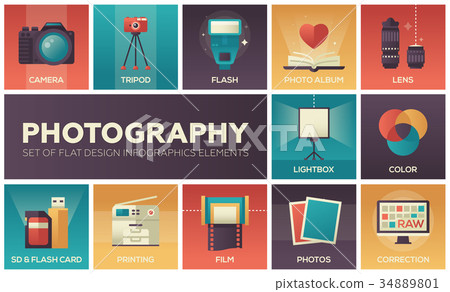Digital Photography Tips For Beginners: Mastering Your Cam In No Time
Digital Photography Tips For Beginners: Mastering Your Cam In No Time
Blog Article
Web Content By-Barrett Odgaard
When you first pick up your electronic camera, it can feel frustrating with all the setups and options available. You may find yourself wondering how to navigate aperture, shutter speed, and ISO effectively. Mastering these fundamentals is essential, however there's more to photography than just technical knowledge. Recognizing composition techniques and illumination problems can elevate your photos substantially. So, what if you could discover basic methods to boost your skills and start capturing remarkable pictures sooner than you assume? Let's check out how to change your photography journey.
Comprehending Electronic Camera Settings
Understanding your electronic camera settings is vital for recording stunning pictures. When you get your electronic camera, acquaint yourself with the 3 major settings: aperture, shutter rate, and ISO. Each plays a vital role in just how your images turn out.
Start with aperture, which controls the quantity of light going into the lens. A broader aperture (reduced f-number) allows more light and develops an attractive background blur, best for pictures. Conversely, a narrower aperture (higher f-number) maintains even more of the scene in emphasis, suitable for landscapes.
Next off, focus on shutter rate. This setting establishes for how long your cam's sensing unit is exposed to light. A rapid shutter rate ices up motion, which is fantastic for action shots, while a slow shutter speed can create sensational results like smooth water in landscapes.
Last but not least, readjust your ISO. This setup affects your camera's level of sensitivity to light. A greater ISO serves in low-light situations yet can present noise or grain. Go for On location Photography while still achieving correct direct exposure.
Structure Strategies
When you're out shooting, composition can make all the distinction in exactly how your pictures reverberate with customers. Beginning by utilizing the regulation of thirds; envision your frame divided right into 9 equivalent sections with 2 straight and 2 upright lines. Position key elements along these lines or at their crossways to develop balance and rate of interest.
Next off, take into consideration leading lines. These all-natural lines in your scene, like roads or rivers, attract the customer's eye right into the photo, directing them via the tale you're telling.
Do not ignore framing; use elements within your scene, like trees or home windows, to develop a structure around your subject, including deepness and focus.
Additionally, keep an eye on your history. A chaotic history can sidetrack from your main subject, while an easy one helps it stand out.
Last but not least, experiment with balance and patterns; they can develop a striking image that catches interest.
Learning Illumination Conditions
Mastering illumination conditions is vital for capturing spectacular photos, as the right light can change an ordinary scene into something phenomenal.
Start by observing natural light at different times of the day. Mornings and late afternoons offer the best light, known as the golden hour. The soft, warm tones during these times can improve your pictures beautifully.
Do not shy away from overcast days either; diffused light can minimize harsh shadows and create a pleasing impact, particularly for pictures.
Trying out backlighting by positioning your topic against the light. This method can develop a wonderful halo result and include depth to your pictures.
Take notice of your video camera setups also. Readjust over here , aperture, and shutter rate to match the illumination conditions. A higher ISO can aid in low light, but be cautious of grain.
Make use of a tripod in darker atmospheres to prevent blur.
Finally, don't fail to remember fabricated lights. Flash and continual lights can be fantastic tools for managing light in tough conditions.
Final thought
To conclude, mastering your cam doesn't have to be frustrating. By recognizing your setups, applying composition strategies, and using the power of all-natural light, you'll swiftly elevate your digital photography skills. Bear in mind, practice makes excellent, so go out there and try out your newly found expertise. With time and devotion, you'll be catching stunning pictures that mirror your distinct point of view. Appreciate the trip, and don't fail to remember to have fun while you go to it!
